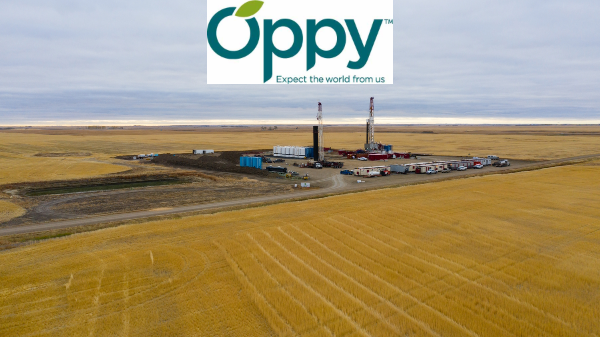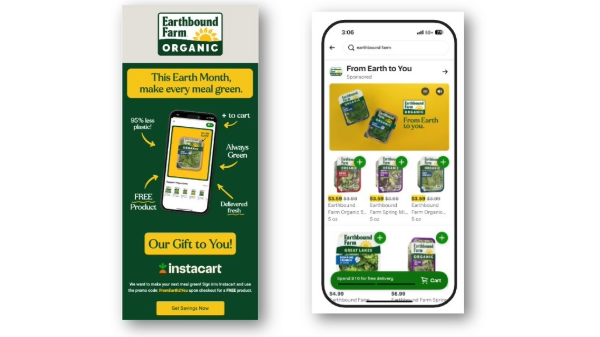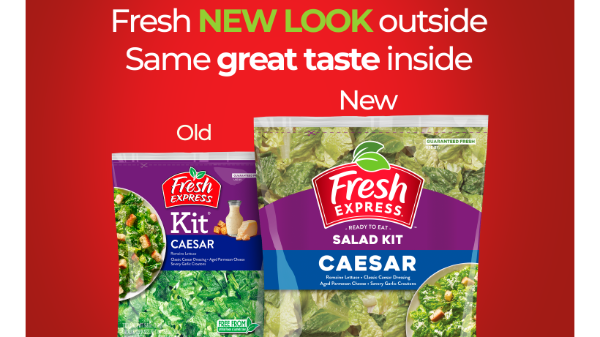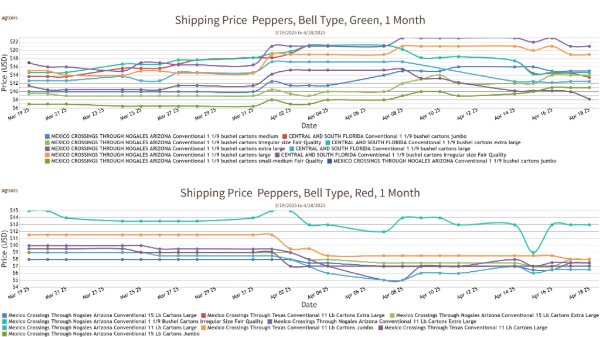Welcome to Blue Book!
Are you ready to join the thousands of companies who rely on Blue Book to drive smarter decisions? View our plans and get started today!
Still have questions? We’d love to show you what Blue Book can do for you. Drop us a line– we’ve been waiting for you.
Bruised bananas, spotted apples. A few blemishes shouldn’t be a big deal, not when nearly one billion people go hungry every year. These imperfections, however minor, often mean produce is destined for the dumpster. Some makes its way into fresh-cut or processed food, but far too much is tossed out.
If you think every discarded piece of produce doesn’t have an impact, think again. The statistics speak for themselves: nearly 33 percent of all the food produced worldwide is wasted, most of it in the wealthier industrialized countries. What’s more, 28 percent of fertile farm land around the globe is used every year to grow food that will be thrown out. In the United States, we throw away 40 to 50 percent of our food.
In 2010, Americans purchased 430 billion pounds of food according to the U.S. Department of Agriculture (USDA) and Environmental Protection Agency (EPA). Of this amount, 43 billion pounds or 10 percent was wasted at the retail level, while 90 billion pounds or 21 percent was wasted by consumers. All this waste in landfills also leaves a noticeable carbon footprint—with some estimates attributing nearly 13 percent of the U.S.’s greenhouse gases traced to the growing, shipping, processing, and disposal of food.
In the United States alone, the EPA estimates discarded waste to be worth about $165 billion annually, a hefty price tag for food that could be put to far better use. Even worse, it costs $750 million to dispose of this waste.
Cause and effect
The situation might seem daunting, but there’s a growing worldwide movement to dramatically reduce food waste. Around the United States, cities like Austin, TX and San Francisco, CA are implementing ‘Zero Waste’ initiatives to cut the amount of waste sent to landfills. Numerous growers, nonprofits, advocacy groups, and other produce industry associations and businesses have banded together to tackle the issue of food waste and elevate awareness. Identifying the problems, from farm to table, is a first step.
“The produce industry faces issues regarding waste through the entire supply chain, including on the farm, during transportation, and with retailers and consumers,” says Sydney Fairchild, head of marketing and sustainability at Portland, OR-based Bridges Produce. Reducing waste, she explains, “is about finding the areas in your own business model where you can have the biggest impact and making those changes.”
Tristan Simpson, chief communications officer at Irwindale, CA-based Ready Pac Foods, Inc., agrees, noting that among the major challenges are the ability to recycle waste and to better manage the supply chain to ensure product quality. But there are other obstacles, including labeling perceptions, longer shelf life, and consumer education. Growers and retailers may know all about prolonging the shelf life of produce, but consumers may not—and this is a sizeable wrinkle.
“Consumers are unknowingly spoiling produce because they aren’t storing it properly and are confused about expiration labels,” Simpson says.
Maureen Torrey Marshall, vice president of Torrey Farms in Elba, NY, points to overproduction, handling practices, and packing shed management as occasional culprits along the food waste chain, but public awareness—or a lack of it—is often the bigger problem. She notes one instance in which an outside cabbage leaf had one wormhole, and the inspector was set to reject the entire load.
“We want too much in the way of picture-perfect products, so if we start to educate the public that a blemish is okay,” Torrey Marshall points out, “it would help tremendously. If we want to reduce the amount of pesticides we use and feed all the people we’ll need to feed by 2050, then we’re going to have to accept less-than-perfect produce.”








